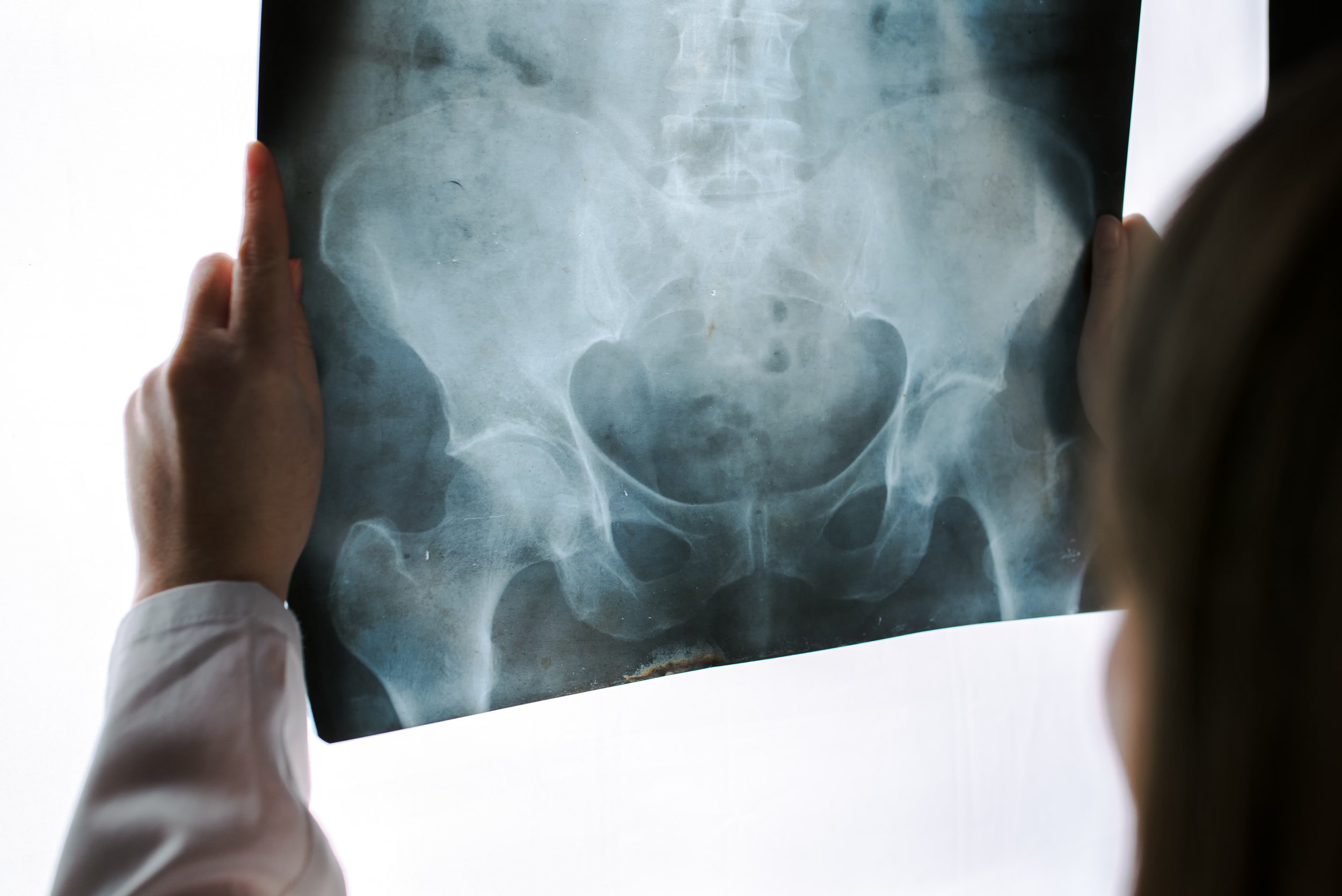A groin stress fracture is a type of stress fracture that occurs in the bones of the groin area. Stress fractures are small cracks or breaks in the bone that are caused by repetitive stress or overuse. Groin stress fractures commonly affect the pubic bones, which are located in the lower abdomen near the groin.
Cause:
The main cause of a groin stress fracture is excessive or repetitive stress on the bones. This can happen due to activities that involve running, jumping, or sudden changes in direction, such as in sports like soccer, basketball, or track and field. Overtraining, inadequate rest periods, improper technique, or changes in training intensity or surface can also contribute to the development of stress fractures.
The symptoms of a groin stress fracture may include:
Gradual onset of pain in the groin area.
Pain that worsens with activity, especially during running or jumping.
Tenderness and swelling in the groin area.
Pain that may radiate down the inner thigh or into the lower abdomen.
If you suspect you have a groin stress fracture, it's important to see a healthcare professional, such as a sports medicine doctor or an orthopedic specialist, for an accurate diagnosis. They may perform a physical examination, review your medical history, and order imaging tests such as X-rays, MRI, or bone scans to confirm the diagnosis.
Treatment for a groin stress fracture typically involves a combination of rest, pain management, and rehabilitation. The specific treatment plan may vary depending on the severity of the fracture.
Common treatment measures include:
Rest: Avoid activities that exacerbate the pain and allow the bone to heal. Crutches or a brace may be used to minimize weight-bearing on the affected leg.
Pain management: Over-the-counter pain medications or prescription painkillers may be recommended to alleviate pain and inflammation.
Rehabilitation exercises: Once the pain subsides, a gradual return to activity with a structured rehabilitation program may be prescribed. Physical therapy exercises can help restore strength, flexibility, and balance.
Modification of training routine: It's essential to identify and address any training errors or factors that contributed to the stress fracture to prevent recurrence.
Use of supportive devices: In some cases, a healthcare professional may recommend the use of orthotics, shoe inserts, or other supportive devices to redistribute stress and pressure on the affected area.
Possible surgery: In rare cases where conservative measures fail or if there are complications, surgical intervention may be necessary.
It's important to follow the treatment plan provided by your healthcare professional and allow sufficient time for healing before resuming regular activities. Returning to physical activity too soon or without proper rehabilitation can increase the risk of reinjury or the development of chronic pain.

